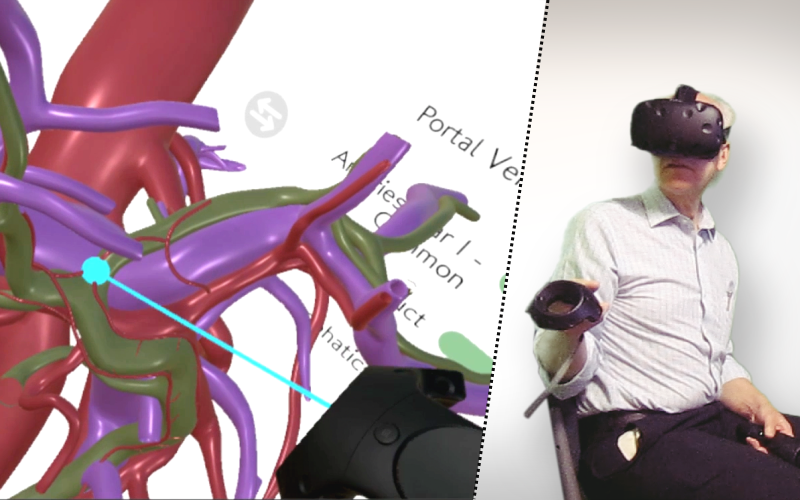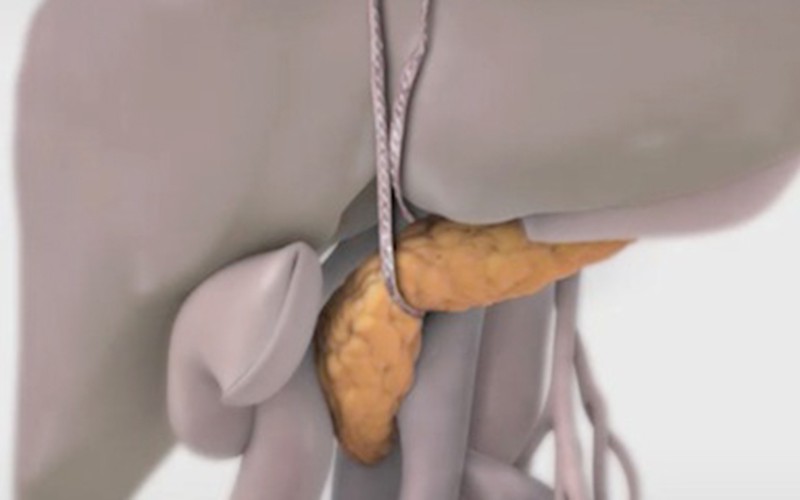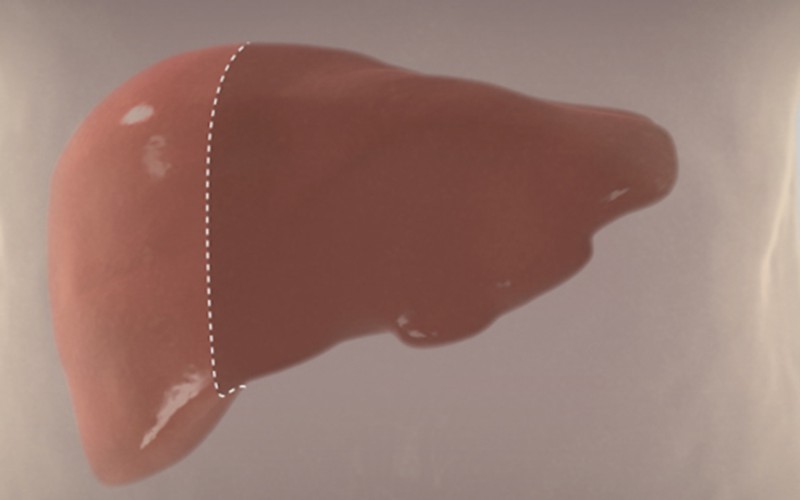Surgical dissection using anatomical "gateways"
Presented by Dr. Benjamin Loveday, Fellow in HPB Surgical Oncology and Abdominal Organ Transplantation
00:08 ANATOMICAL GATEWAYS CONCEPT
01:29 GASTROEPIPLOIC VEIN
02:18 GASTRODUODENAL ARTERY
03:05 CORONARY (LEFT GASTRIC) VEIN
03:49 CYSTIC ARTERY & DUCT
04:38 HEPATOCAVAL LIGAMENT
05:36 LIGAMENTUM VENOSUM
Tissue dissection during surgery requires the surgeon to get into a desired tissue plane in order to delineate structures, minimize bleeding, and avoid visceral and vascular injury.
Navigating through and around anatomical structures could be compared to walking through a building of corridors. When there is a door in the corridor, it must be opened before being able to progress further. Likewise, in order to get to a corridor at a different level, a passageway must exist between the two levels. Each of these transitions, either forward through a door or down to the next level, requires passage through a ‘gateway’. In surgical dissection, anatomical structures form ‘gateways’ that must be divided in order to progress the dissection along a tissue plane, or to expose a structure at a deeper tissue plane.
In HPB surgery, understanding six key anatomical gateways will facilitate surgical dissection during common procedures. Each of these will be illustrated with specific examples from clinical cases.



